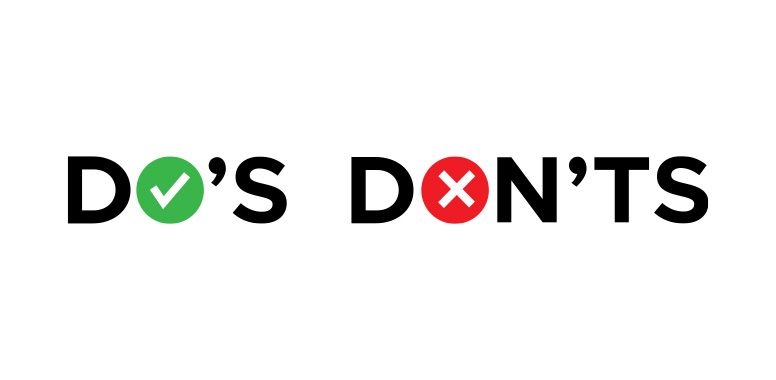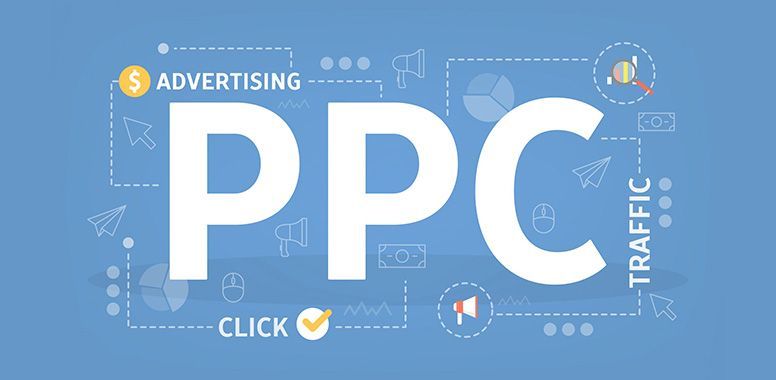Mastering Sponsored Brands Campaigns: Boost Your Brand Visibility and Drive Growth
One of the powerful advertising tools in your Amazon PPC toolkit is the Sponsored Brands campaign. Sponsored Brand Campaigns are designed to boost brand awareness and drive traffic and sales through customer engagement. This type of campaign allows you to showcase your brand logo, add a custom headline, and feature at least three of your products within a prominent advertising format. In this article, we will breakdown what Sponsored Brands Campaigns entail, their components, usage, and best practices.
What is a Sponsored Brands Campaign?
A Sponsored Brand Campaign is a type of pay-per-click (PPC) advertisement on Amazon that promotes a brand and its featured products. While Sponsored Products highlight individual products, the Sponsored Brands ads highlight the whole brand. In this type of campaign, when customers click on your ad, they will be directed to your Amazon Store or a specific product listing.
First Things First
Before we dive deeper into Sponsored Brands Campaign, you need to understand that before you create your first ad campaign you must be registered with Amazon’s Brand Registry program. If you haven’t done this yet and would like to know how,
contact us here.
Components of a Sponsored Brands Campaign
Let’s first breakdown the components of a sponsored brand campaign:
- Brand Logo - This is the visual representation of your brand that appears prominently in the ad.
- Custom Headline - A short, compelling statement that encompasses your brand or campaign.
- Product Selection - Typically, three of your products that you want to be featured in the ad.
- Landing Page - This is where your customers will be directed to when they click your ad, such as your Amazon Store or product listing.
Location of Ads
Sponsored Brands ads typically appear in three prominent and high visibility locations on Amazon:
- At the top of search results pages
- Within search results pages, and
- On product detail pages
The Pros and Cons of SBC
Like other PPC campaigns, the Sponsored Brands Campaign has its benefits and drawbacks. SBC ads boost brand visibility and recognition since they appear in highly prominent locations. This type of advertising can direct shoppers to your Amazon Store or custom landing page and can increase the likelihood of additional purchases. Thirdly, this is highly customizable. SBC allows for creative and strategic ad placements tailored to your specific marketing goals. Another feature of SBC is access to detailed performance metrics and analytics which are helpful when it comes to optimizing your campaigns for better results.
But despite the numerous benefits, SBC also comes with certain drawbacks that you should be aware of. One is that it doesn’t come cheap because of the high competition for popular keywords. Another disadvantage is that you can only create this in manual campaigns. This means that you need to spend more time on careful planning, keyword research, and continuous monitoring.
Best Practices for Using SBC
To maximize the effectiveness of your Sponsored Brands Campaigns, it is crucial to implement best practices. This ensures that you achieve your advertising goals on Amazon.
- Conduct thorough keyword research to identify relevant search terms that your potential customers are likely to use.
- Determine your goals and define what you want to achieve in your campaigns. Whether it’s brand awareness, product discovery, or driving sales, you should clearly identify your objectives.
- Create concise, compelling, and engaging headlines that is relevant to the products you are featuring. This helps your capture the attention of your customers.
- Add at least three featured products in your ad. Select high-performing products with stong sales and positive reviews to maximize the ad’s impact.
- Always make sure that you use high-quality images for your brand logo and product images to make them visually appealing.
Conclusion
Sponsored Brands Campaign are an integral part of a comprehensive Amazon advertising strategy. By effectively utilizing these campaigns, brands can boost their visibility, connect with potential customers, and drive substantial growth. To reap the benefits, set clear objectives, identify and select relevant keywords, create compelling ad content, and continuously optimize your campaigns.
How Can CMO help?
Ready to boost your Amazon sales but are daunted by the complexities of PPC campaign strategies? Here at CMO, we specialize in strategizing and creating effective PPC campaigns that deliver results. Whether you’re a seasoned seller or just starting out, our team of PPC experts will help you thrive and succeed in the competitive Amazon marketplace.
Contact us here or
book a zoom call today and discover how CMO can help you achieve success in your business.


